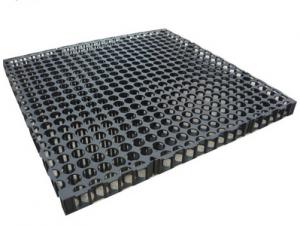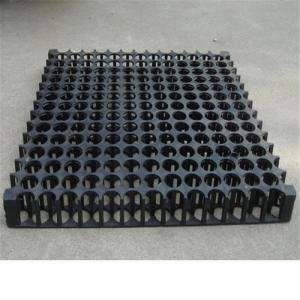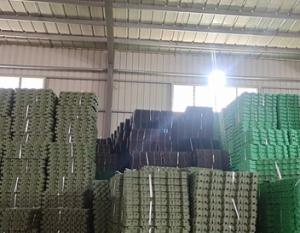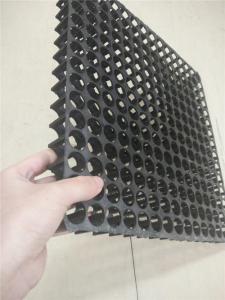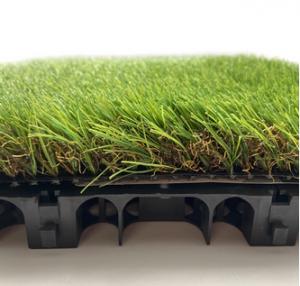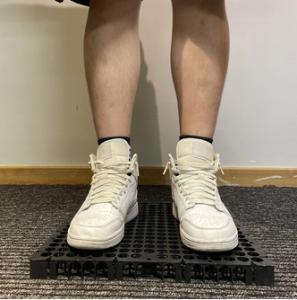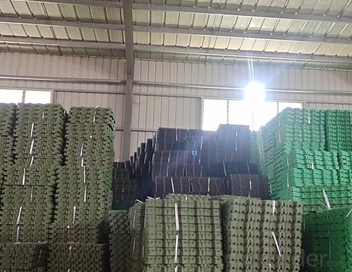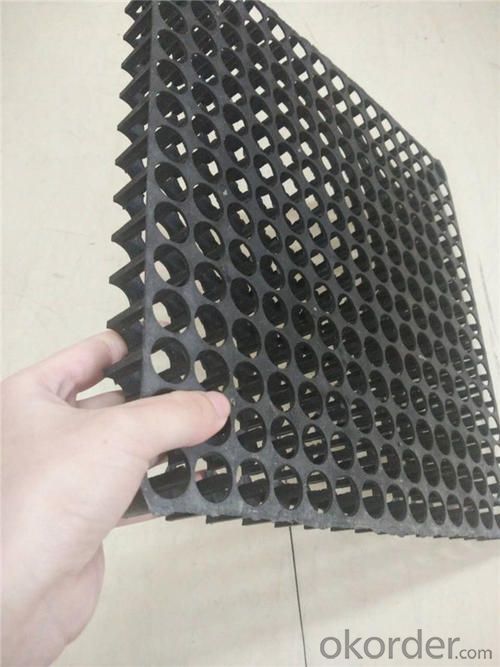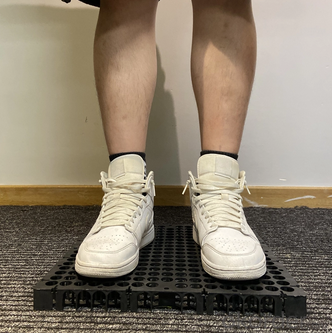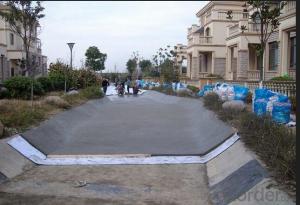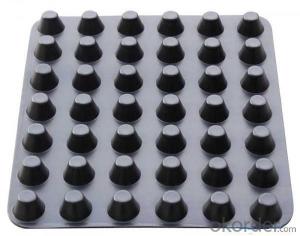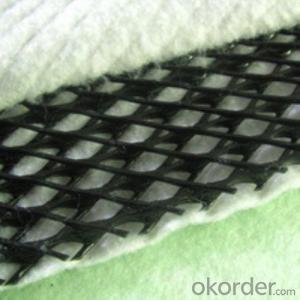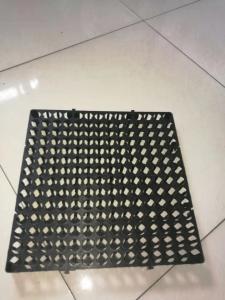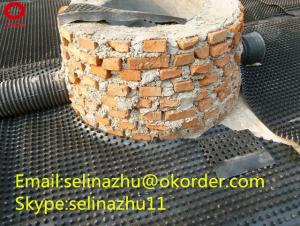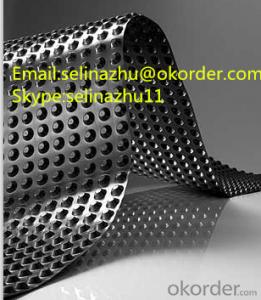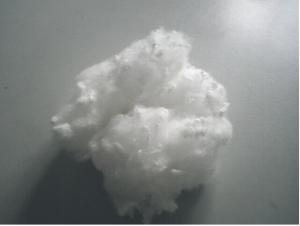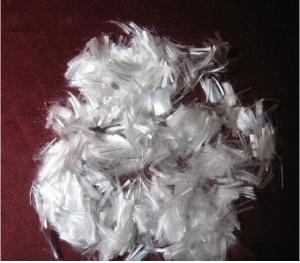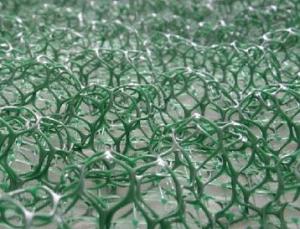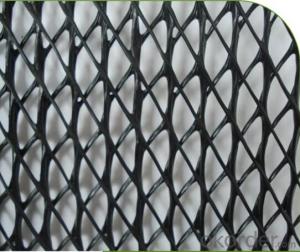Roofing Garden Plastic Drainage Cell Water Filter Board Drainage board
- Loading Port:
- Tianjin
- Payment Terms:
- TT or LC
- Min Order Qty:
- 5000 m²
- Supply Capability:
- 100000 m²/month
OKorder Service Pledge
OKorder Financial Service
You Might Also Like
Roofing Garden Plastic Drainage Cell
1. Introduction
Drainage board is made of polystyrene(HIPS)or polyethylene (HDPE)plastic plate made after punching cone penetration units or add major features editor Conductivity water drainage Drainage protection board has a hollow stud bump structure,you can export the water quickly and efficiently ,greatly reduce or even eliminate the waterproof layer of hydrostatic pressure,hydraulic conductivity through this initiative can achieve active principle waterproof effect.
2. Specification
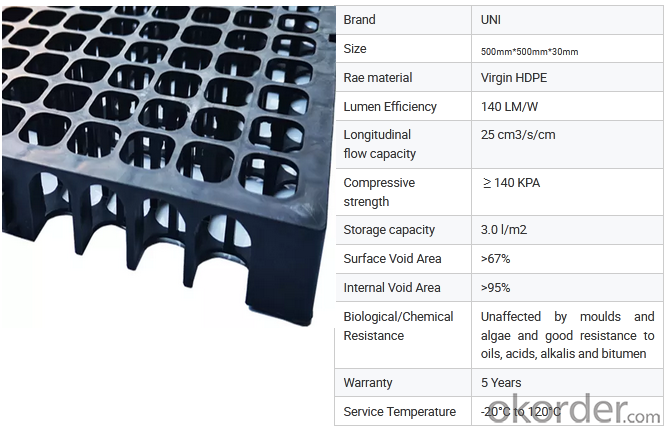
3. Features
1) High Compressive strength
2) Eco-friendly, waterproof polypropylene material
3) Lightweight and easily transportable
4) Thermal regulation
5) Low cost
6) Quick and easy to install
4. Pictures
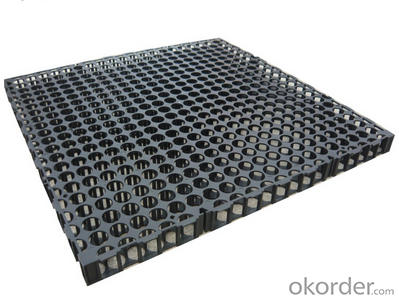
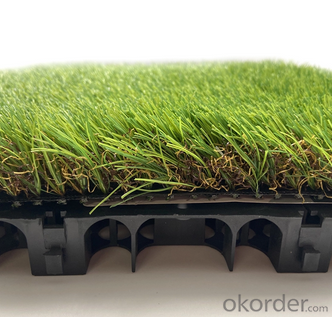
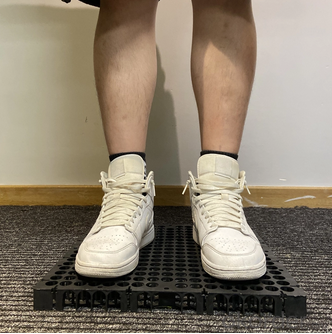
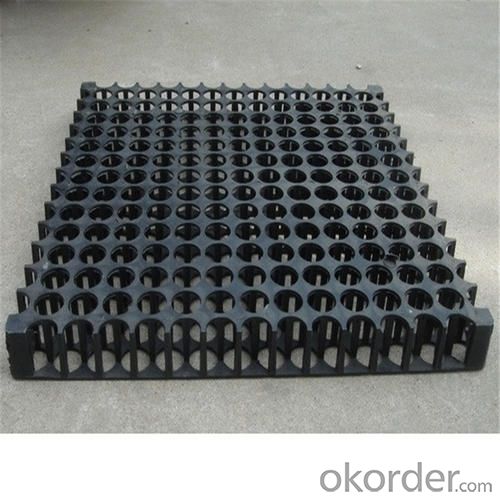
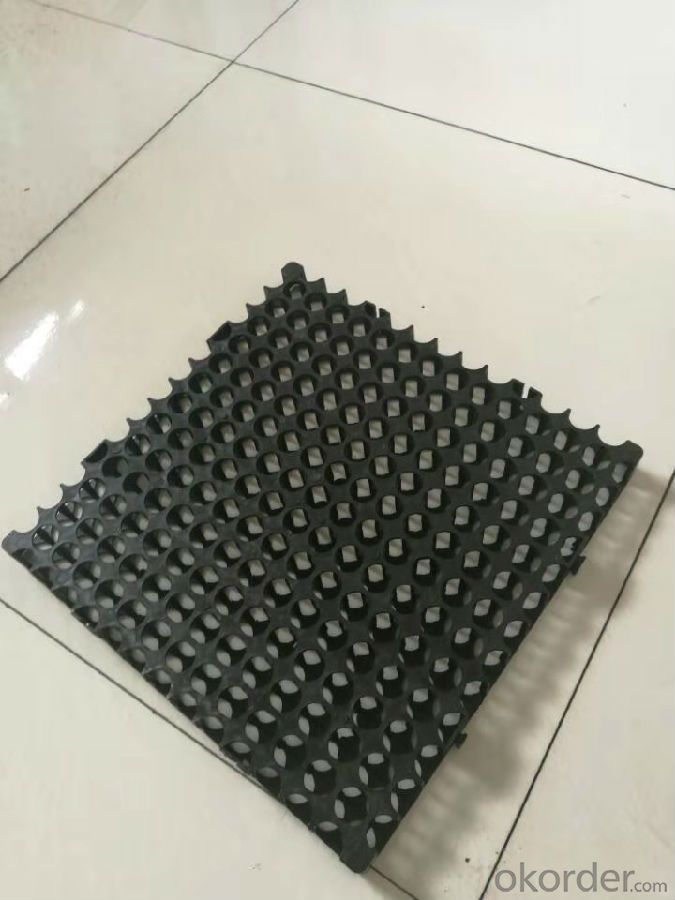
5. Package
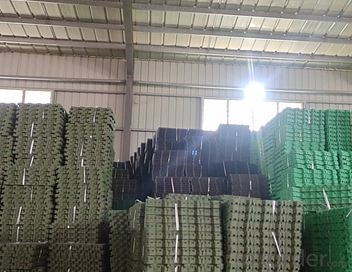
6. Application
1) Roof gardens,
2) podium landscaping,
3) retaining walls,
4) golf course,
5) sports fields,
6) bridge abutments,
7) underground car parks,
7. FAQ
Q1:Are you a factory or trading company?We are a factory.
Q2:How is the quality of your products compared with other supplier?
Our price is reasonable and worty quality.
Q3:Do you have quality warranty ?
Yes,we have quality warranty under normalconditions,pls contact us for details.
Q4:How do you make our business long-team and good relationship?
We keep good quality andcompetitive price to ensure our customers benefit.
- Q: How do geocells help in slope protection applications?
- Geocells provide effective slope protection by confining soil and aggregate materials, thus enhancing their stability and resistance to erosion. These three-dimensional honeycomb-like structures prevent soil displacement and retain the materials within the cells, preventing erosion and slope failures. Additionally, geocells can be filled with vegetation or other erosion control materials to further enhance their performance in slope protection applications.
- Q: Why civil engineering materials are important
- Civil engineering materials are important
- Q: What are the key considerations when using geosynthetic reinforcements in bridge abutments?
- When using geosynthetic reinforcements in bridge abutments, the key considerations include selecting the appropriate material based on the site conditions and design requirements, ensuring proper installation techniques are followed, considering the long-term durability and performance of the geosynthetic, and assessing the potential for interaction and compatibility with other materials used in the abutment construction. Additionally, monitoring and regular inspection of the geosynthetic reinforcement are crucial to identify any signs of distress or degradation and take necessary maintenance actions to ensure the structural integrity of the bridge abutment.
- Q: Can geosynthetics be used for bridge abutment reinforcement?
- Yes, geosynthetics can be used for bridge abutment reinforcement. Geosynthetics such as geotextiles, geogrids, and geocomposites are commonly used to improve the stability and performance of bridge abutments. They can provide soil reinforcement, prevent soil erosion, and enhance the overall structural integrity of the abutment.
- Q: How do silt fences prevent sediment runoff?
- Silt fences prevent sediment runoff by acting as barriers that intercept and trap sediment-laden water flow. The fence, made of geotextile fabric, allows water to pass through while retaining the sediment. This helps to filter and separate the sediment from the runoff, preventing it from entering waterways and causing pollution.
- Q: What are the different jointing options available for earthwork products?
- Some of the different jointing options available for earthwork products include interlocking systems, adhesive bonding, mechanical fastening, and mortar jointing. These options are used to ensure stability, strength, and durability in the construction of earthwork structures.
- Q: Can earthwork products be used in foundation construction?
- Yes, earthwork products can be used in foundation construction. These products, such as soil, gravel, and sand, are commonly used in different stages of foundation construction to provide stability, support, and proper drainage.
- Q: What are the major civil engineering courses?
- Mechanics: theoretical mechanics, material mechanics, structural mechanics, of course there are many other, including advanced mathematics, English, painting geometry, surveying, etc.
- Q: Can earthwork products be used in slope reinforcement?
- Yes, earthwork products can be used in slope reinforcement. These products, such as geotextiles, geogrids, and erosion control blankets, are specifically designed to provide stability and prevent erosion in slopes. They can be installed to reinforce the soil, distribute loads, and enhance the overall performance and longevity of the slope.
- Q: Can earthwork products be used in storm surge protection?
- Yes, earthwork products can be used in storm surge protection. These products, such as sandbags or geotextile tubes, are commonly employed in coastal areas to create barriers or reinforce existing structures to mitigate the impact of storm surges. Earthwork products can effectively absorb and dissipate the force of the waves and help prevent flooding or erosion during storm events.
Send your message to us
Roofing Garden Plastic Drainage Cell Water Filter Board Drainage board
- Loading Port:
- Tianjin
- Payment Terms:
- TT or LC
- Min Order Qty:
- 5000 m²
- Supply Capability:
- 100000 m²/month
OKorder Service Pledge
OKorder Financial Service
Similar products
Hot products
Hot Searches
Related keywords
